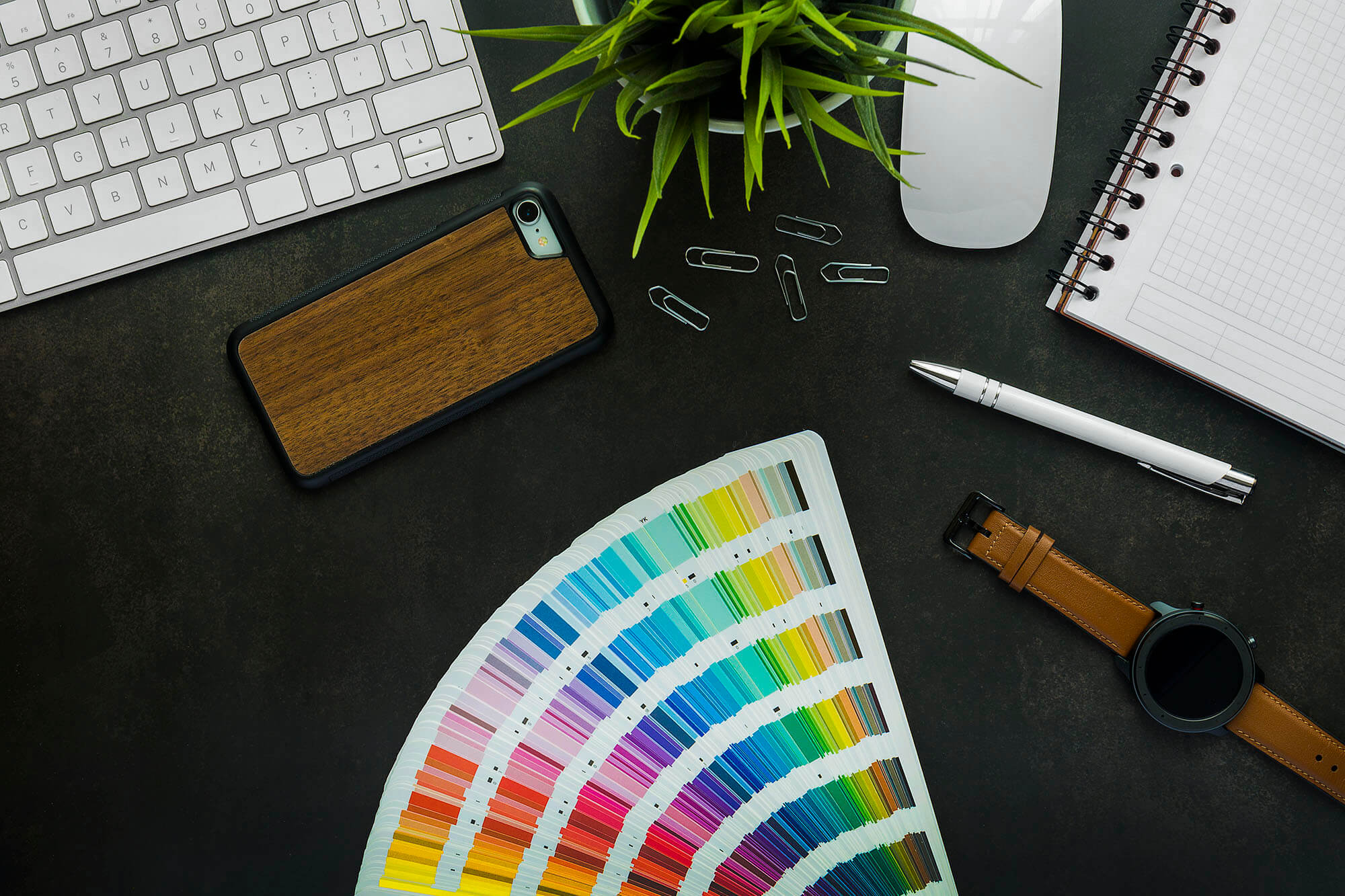Creating a Successful Design Brief: A Guide to Crafting a Clear, Compelling Brief for Designers
A successful design brief is crucial for a successful project outcome. Learn how to create a clear and compelling brief for your design team with this comprehensive guide.
Introduction
Design projects are complex and require the input of many people from various departments, including marketing, product development, and engineering. A well-crafted design brief can streamline the project, clarify expectations, and help ensure the final product meets the intended goals.
In this article, we will explore the elements of a successful design brief and provide tips for creating a clear and compelling brief for your design team. Whether you’re starting a new design project or looking to improve your existing process, this guide will help you get the results you want.
What is a Design Brief?
A design brief is a document that outlines the requirements and goals of a design project. It provides the design team with the information they need to create a product that meets the expectations of the stakeholders. A successful design brief should be clear, concise, and easy to understand.
Why is a Design Brief Important?
A design brief is critical for a successful project outcome for several reasons. It helps to:
- Clarify the project’s goals and objectives
- Provide a clear understanding of the target audience
- Establish the project timeline and budget
- Ensure all stakeholders are on the same page
- Provide a reference point for design decisions
What to Include in a Design Brief
When creating a design brief, there are several key elements to include. These elements will help ensure that your design team has the information they need to create a product that meets your expectations.
Introduction
The introduction should provide an overview of the project, including the background and purpose of the project. It should also outline the goals and objectives of the design project.
Target Audience
This section should describe the target audience for the product. This information is critical for the design team as they need to understand who they are designing for and what their needs and preferences are.
Goals and Objectives
The goals and objectives section should outline what the design project is intended to achieve. This section should be specific and measurable, providing a clear understanding of what success looks like for the project.
Design Requirements
This section should outline the specific requirements for the design, including the size, colour, materials, and any other design specifications. This information will help the design team understand the scope of the project and what they need to deliver.
Timeline and Budget
The timeline and budget section should outline the deadlines and budget for the project. This information is critical for the design team as they need to understand the constraints and requirements for the project.
Branding and Style Guide
If your company has a specific brand or style guide, this section should provide a link to the guide or provide a brief summary of the key elements of the guide. This information is critical for the design team as they need to ensure that the design fits within the company’s branding and style guidelines.
Supporting Materials
This section should provide any additional materials that will help the design team understand the project, such as competitor analysis, customer feedback, or market research.
Tips for Creating a Successful Design Brief
When creating a design brief, it’s important to consider the following tips:
- Be clear and concise: Make sure the brief is easy to understand and free of jargon.
- Focus on the key elements: Stick to the most important information and avoid including extraneous information.
- Involve all relevant stakeholders: Get input from all relevant departments and stakeholders to ensure everyone’s needs and expectations are taken into account.
- Set specific and measurable goals: Outline clear and specific goals and objectives to help guide the design team and measure success.
- Keep it up-to-date: Regularly review and update the design brief to reflect any changes or updates to the project.
FAQs about Creating a Successful Design Brief
Q: How long should a design brief be?
A: A design brief should be concise and to-the-point. It’s important to include all relevant information, but keep it short and easy to understand. A good rule of thumb is to aim for a brief that is 2-3 pages in length.
Q: Who should be involved in creating the design brief?
A: All relevant departments and stakeholders should be involved in creating the design brief. This includes marketing, product development, engineering, and any other departments that will be involved in the project.
Q: What is the purpose of a design brief?
A: The purpose of a design brief is to provide the design team with the information they need to create a product that meets the expectations of the stakeholders. A successful design brief should clarify the project’s goals and objectives, provide a clear understanding of the target audience, and establish the project timeline and budget.
The links provided offer a selection of books about “Graphic Designer and Graphic Design”
- Freelance Jobs and their Profiles: The Freelance Graphic Designer
- Become a freelance graphic designer: How to become a freelance graphic designer step by step
- Project Planner Notebook For Graphic Designer Freelance
- Starting Your Career as a Graphic Designer
- Freelance Graphic Designer Sketch Book – Professional Freelance Graphic Designer Job
- Starting Your Career as a Freelance Illustrator or Graphic Designer
- Designer’s Dictionary of Color
- Color Design Workbook: New, Revised Edition: A Real World Guide to Using Color in Graphic Design
- Color: A Course in Mastering the Art of Mixing Colors
- Color Third Edition: A workshop for artists and designers
- Palette Perfect for Graphic Designers and Illustrators: Colour Combinations, Meanings and Cultural References
- The Complete Color Harmony, Pantone Edition: Expert Color Information for Professional Results
- Pantone: The Twentieth Century in Color: (Coffee Table Books, Design Books, Best Books About Color)
- The New Munsell Student Color Set
Conclusion
A successful design brief is crucial for a successful project outcome. By including all relevant information and following the tips outlined in this guide, you can create a clear and compelling brief for your design team. Whether you’re starting a new design project or looking to improve your existing process, creating a successful design brief is a key step in ensuring a positive project outcome.




Comments
Olivia
Costin Constantinescu
Emily
Costin Constantinescu
Marie-Claire Tremblay
Costin Constantinescu